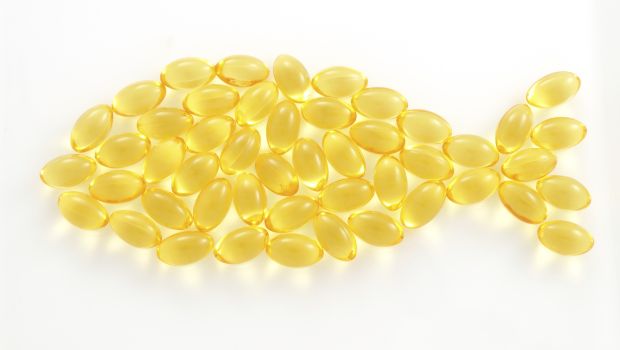2014 was a busy year for the omega-3 industry with the formation of the omega-3 coalition, positive research in men’s and cardiovascular health, and governments agreeing to review their omega-3 recommendations.
January 13, 2015

2014 was a year to remember in omega-3s. While the mainstream market decline that began in 2013 continued—sales were down monthly 10 to 12 percent on a year-over-year basis through July—there was a light at the end of the tunnel in August and September, writes Ellen Schutt, the communications director at the Global Organization for EPA and DHA Omega-3s (GOED). In terms of market size, GOED’s recently released Global Ingredient Market Report showed at the raw material level, the market was USD $1.72 billion, equaling almost 89,000 metric tons of oil. This is a 10-percent increase from the 2012 number of $1.56 billion, but only a 2.6 percent increase in tonnage, primarily as a result of increased prices throughout the supply chain.
On the regulatory front, 2014 was a busy year in omega-3s, and for the most part, the activity was positive. The biggest news was the announcement in August that EPA and DHA made the cut for a potential reference daily intake (DRI) review in the United States and Canada. The announcement indicated that EPA and DHA were listed as “top priority nutrients" by the U.S. and Canadian governments, and will now be included for discussion in a workshop that will take place in 2015.
In a separate article, Jeff Hilton, co-founder and partner at BrandHive, gives his top omega-3 lessons from 2014—a year rife with bad press and declining sales. However, as Hilton notes, in 2015, the omega-3 industry can rebound with novel approaches to reversing consumer opinion.
He calls out the formation of an Omega-3 Coalition, which created consumer messaging and PR campaigns. A key finding in the coalition’s omega-3 research was that consumers responded better to condition-specific messaging, so Hilton suggested brands go with statements such as “Omega-3s reduce the risk of cardiovascular disease," versus general health and well-being messaging. He also suggested linking products to emotions and personal moments, and fostering interaction with consumers.
2014 was a quiet year for omega-3 science, according to Harry B. Rice, Ph.D., vice president, regulatory and scientific affairs, at GOED. Despite not making a big splash in the popular press, there was noteworthy omega-3 news related to both cardiovascular health and prostate cancer.
In March, the Annals of Internal Medicine published results from a meta-analysis of observational studies that demonstrated blood levels of long-chain omega-3s are associated with a statistically reduced risk of coronary outcomes, and another the meta-analysis of randomized clinical trials narrowly missed significance (Ann Intern Med. 160:398-406; Erratum 160:658).
During the summer, 11th Biennial Congress of the International Society for the Study of Fatty Acids and Lipids (ISSFAL) featured a GOED-commissioned meta-analysis that found EPA and DHA reduce both systolic blood pressure and diastolic blood pressure. This meta-analysis served as the foundation for GOED’s health claim petition to FDA, which is currently being evaluated under the procedures for a qualified health claim. A decision from FDA is expected as early as May 2015.
Also in 2014, the European Food Safety Authority (EFSA) issued an opinion that said, “on the basis of available data, there is no evidence for a role of EPA and/or DHA intake in the development of prostate cancer."
The omega-3 industry had highs and low in 2014, but reviewing the year can help companies plan for success in 2015 with more research backing and greater consumer awareness.
For more information, check out omega3insights.com.
You May Also Like




.png?width=800&auto=webp&quality=80&disable=upscale)